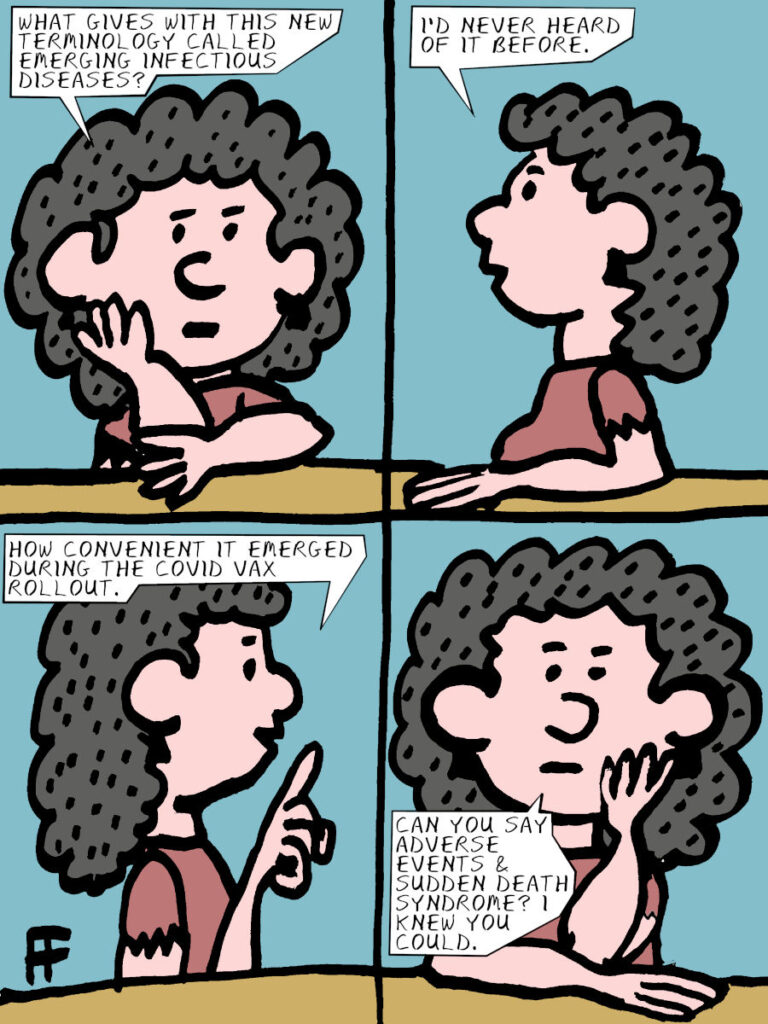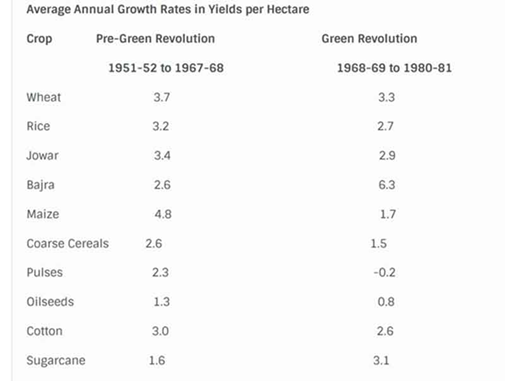
Ramadan (Arabic: رَمَضَان, Ramaḍān, Ramadhaan) is the ninth month of the Islamic calendar, and the month in which the Quran is believed to be revealed to the prophet Muhammad
Quran 20:81 Eat of the good things We have provided for your sustenance, but commit no excess therein.
Fasting is good for you. Very good. Josh Mittledorf, in Cracking the aging code: The new science of growing old and what it means for staying young, 2016, estimates he’s added a decade, a good, healthy decade, to his life with his regime, which includes a weekly fast from 10pm Wednesday to 8 am Friday, when he only drinks water. He has figured out other ways to trick his mind into operating in its highest metabolic mode, but the main thing is the fast. Fasting has long been a spiritual exercise to quieten the body’s incessant desires for petty satisfactions, real world distractions.
It is of course the no-brainer way to lose weight, but the marvel, paradox, is that for all living creatures, reducing consumption to just above starvation guarantees better health and longer life.
Couch potatoes end up flabby, insulin-resistant, chronically sicker as they age, awaiting a pathetic last stage in life where death is arguably an improvement over pain and self-loathing. Which brings me to the other secret, paradox, of longevity. Exercise. And lots of it, every day making sure you’ve pushed yourself to the point of feeling your blood pumping. Forget about antioxidants. If you put your body engine into low gear, it can deal fine with them.
Exercise produces lots of antioxidants, but top athletes have longer, healthier lives by specialising in manufacturing them! You damage your muscles in hard exercise, but that’s good damage, damage that your body is honed to repair and does so eagerly when you give it the optimal conditions (hot, sweaty), growing back stronger, preparing for the next battle.
Indian sages do just fine with meditating, no exercise, but lots and lots of fasting. John Oakes, in The fast: the history, science, philosophy, and promise of doing without (2016), argues that fasting acts like a metaphor, withholding, sacrificing, to open you up to compassion, creation, ‘the real work’ or real purpose of our mind-body, allowing room for something else to happen besides the incessant preparing for and indulging in consumption. At his substack, Douglas Rushkoff ponders the sense of emptiness, nonbeing, even death, that fasting suggests. ‘You lose the sense of inside/ outside, of duality, replaced by an existential oneness.’
Oakes likes to have a partner, a shared community, for his week-long fasts. Which brings to mind the famous hunger strikes by such as Bobby Sands and his fellow IRA prisoners under the cruel hand of Thatcher. And which mostly fail to ‘move the mountain’, but inspire others in the common struggle, and as a bonus, extend your life (as long as you don’t starve to death).
Mittledorf, Oakes and Rushkoff are secular Jews, dabbling in Buddhism and yoga, and more or less dismiss religion in their fascination with Nature’s paradoxes. Buddhism is a belief based on nonattachment, ‘no preference’, in life, the way to get beyond the world of ‘I’ll eat or be eaten.’ By taking eating out of the equation, you can get beyond the dog-eat-dog mentality. You leave room for ‘food for thought.’
What’s with the paradoxes? Look at our cliches. Food for thought, no pain – no gain. They are true! Good pain. Bad pain. We are beings of qualia. Good-bad is built into our genes, into our universes. And what’s good for the goose is usually good for the gander. When it comes down to it, there is very little separating one individual from another, except his/her community, and the individuals there are also much the same. Our bodies and minds need stress, good stress, to make the body react to our endeavours as well as possible, to give us ‘good’ individuality.
Ramadan
Catholics used to fast moderately in Lent; a person is permitted to eat one full meal, as well as two smaller meals that together are not equal to a full meal. No meat, but fish Fridays. This fasting regime is not much good for revving up the mind-body’s long-life mechanism. Paul VI opened the floodgates in the 1960s, making even this fasting optional.
The religion best known for its ‘pillar’ of a whole month of dry fasting from sunrise to sunset is of course Islam. It takes its cue from Judaism, the founding monotheism of which Islam considers itself the updated form. Devout Jews do the dry fast for one day, the Day of Atonement. Rushkoff says that Jews mistakenly think that the fasting is a kind of punishment, atonement. But that is a false view. Fasting is hardly a punishment, but rather a time of clearly the mind of material desires, and opening it to spiritual concerns, atoning for your sins.
Whoever fasts during Ramadan with faith and seeking his reward from Allah will have his past sins forgiven. But if a person does not avoid false talk and false conduct during Siyam [fasting], then Allah does not care if he abstains from food and drink. No room for the hypocrite. The only gambling allowed is your wager on which night during the last 10 days is the most holy, the one commemorating the first revelation: When Lailat Al-Qadr comes, Gabriel descends with a company of angels (may Allah bless them all) who ask for blessings on everyone who is remembering Allah, whether they are sitting or standing. It’s worth a thousand months’ worth of rewards in a singular eve.
But many Muslims, like many Jews, mistake the means for an end. You don’t go to heaven just for fasting, but for using the opportunity, one month each year, to clear the mind, to get a glimpse of jannah, where there is no need for material nourishment, where ‘fasting’ has prepared you to nurture your existence on the spiritual level, without the daily grind of consuming.
Another problem in Ramadan time is that ‘less is more’ is fudged. Yes, you starve a bit each day, but after sunset, watch out for the constant eating, visiting, eating, … to the point that for many, more calories are consumed during the month than at other times of the year. Poor Muslims love Ramadan as they get many more opportunities to gorge, eat meat, than normally. Fair enough, but the better-off Muslims forget about ‘less is more’ too. A shame that for many Muslims, Ramadan lost this precious paradox of Nature.
When the first night of Ramadan comes, the devils and mischievous jinn are chained up, and the gates of Hell are closed. The gates of Paradise are opened. You’re fasting so can’t sin in daytime, and after eating and night prayers you’re exhausted. Ramadan is for spiritual enlightenment, renewal, replacing daily food with daily food for thought. Fasting as a secular has no clear goal other than physical fine tuning, so why not make it a spiritual quest? It’s not only our bodies, but our mind-bodies that are corrupted by consumerism and money-grubbing.
Ramadan is about cleansing the slate of sins, refusing them for a month (at least in daylight), showing thanks for the blessing of life and the bounty of Nature, showing generosity to the less fortunate (there’s always someone ‘lower on the totem pole’), humility before it all. There isn’t enough backbone in the secular version to attract more than a tiny intellectual elite. Ramadan is for the masses.
Clashes of civilizations
I used to pondered why the Muslim world was so ‘backward’, not using the knowledge, inventions it had produced and happily bequeathed the capitalist nations, up to the 16th c—knowledge is respected and considered a gift to all from God. Of course, the Muslim world has been corrupted by industrial capitalism, imperialism. Consumerism in the profane world is now the number one concern of almost everyone.
The West gladly took/ stole Muslim knowledge and then turned it against not just Muslims but all those outside the West, first occupying the Muslim (the whole) world, setting up West-friendly systems beholden to the West, and bequeathing Muslims a western consumerist lifestyle, which unfortunately includes Ramadan, which is now more about feasting and family than spiritual growth. Muslims spend more during Ramadan on everything from gifts and clothes to food and even cars. In the Middle East alone, last year’s Ramadan spending was worth over $60 billion.
A positive development from this mixing of cultures has been the new celebration of Ramadan in the secular West. In Austria this week, more than 1,000 people came together for an “open iftar” in the state of Carinthia, where all community members are invited to break the Ramadan fast and eat together — even if they’re not Muslim and haven’t fasted. Last year, thanks to its Muslim mayor, Sadiq Khan, London became the first large European city to decorate its streets (Piccadilly Circus, Coventry Street to Leicester Square) with Ramadan lights. Frankfurt am Main followed London’s example this year, becoming the first big German city to set up Ramadan lighting.
Some Muslims are upset about the commercialization of Ramadan. Conservative clerics have argued that non-Muslims shouldn’t partake at all, while far-right Europeans believe the practice will lead to the end of civilization as they define it – the Great Replacement conspiracy. And some social media personalities who fasted during Ramadan, treating it as a kind of online health challenge, have been called out for cultural appropriation.
This year has witnessed a new attraction to Ramadan, to Islam, as Palestinians heroically die under Israeli bombardment and forced starvation. A growing number of young, progressive western women are converting to Islam, citing the Israel-Hamas war as motivation for the conversion – and they’re documenting their journey on social media. They identify the awesome courage of mothers carrying the corpses of their infants, murdered by the Zionist regime, and share their personal journey on Tik Tok, or did until it was abruptly shut down. (I wonder why?) Megan Rice detailed the Palestinians’ “ironclad faith” in wake of the war, now wears a hijab, having founded the virtual World Religion Book Club.
Despite the sorry state of the ummah now, I still suspect that not taking the western aggressive, exploitative road was the right choice. What has happened to the West in the past three centuries? Two horrendous world wars, with another on the horizon. A constant and recently precipitous decline in morality and religion, not to mention incalculable destruction of Nature. Preserving Islam means rejecting war, materialism, consumerism, which are destroying the world and ourselves, with a mad rush to overproduce, overconsume ’till the cows come home.’
I’ve been using this Ramadan to ponder a counterfactual history, where the West didn’t succeed in adopting industrial capitalism, where inventions like Chinese gun powder remained for entertainment rather than war, where algebra and astrolabes are used to unite the world peacefully, not through conquest. Inventions would continue, but would be used in a ‘good’ way, unlike, say, the first airplane, which was quickly adapted to fire machine guns, and to carpet bomb Muslims almost as soon as it was invented. Central to Islam is that man should not exploit man. So no usury, no assembly lines. In as much as these principles are more and more sidelined, Islam is weakened.
Mittledorf, Oakes, Rushkoff are secular in their quest for a longer healthier life, though they admit there is another reality that fasting can help us reach. They are secular Jews, atheists, so they are ‘above’ religion, so well-educated and independent that they don’t need religion, unlike the rest of us. For us, religion is essential to a moral order, to give us backbone, or rather to strengthen that religious backbone that we are endowed with.
Ramadan is a time of giving, sharing. Not taking, consuming. The best way too feel good is to give. To get a glimpse of a higher reality through channeling, purifying our emotions, our highest evolutionary trait. Cultivating our ‘good’ tertiary emotions: (guilt, shame, selflessness, self-respect), we can even help a pet dog or parakeet feel some of these higher emotions, cultivating their senses.
As for the Ramadan fast and aging/ health, just remember ‘less is more’. After a day of exhausting emptiness, it doesn’t take a lot to pacify the growling stomach. Keeping the body from satiety lets the body’s higher level maintenance regime kick in, hopefully extending your life for at least another Ramadan or two.
So why doesn’t the body automatically work at top speed to keep us alive and well as long as physically possible? Well, that appears not to be the be-all-and-end-all in Nature. We have ignored that and worked to create ‘science’ to keep us all alive at all costs. And where is that leading us? We have broken the chain(s) of evolution, where misbehaving populations have collapsed countless times in the past. Quran 29:40 So We seized each people for their sin: against some of them We sent a storm of stones, some were overtaken by a ˹mighty˺ blast, some We caused the earth to swallow, and some We drowned. Allah would not have wronged them, but it was they who wronged themselves. Welcome to 2024.
It’s as if your body-mind rewards you for being good (to it), for paying attention (to it), taking care (of it), which means you’re probably taking care of others too, as you can’t really love yourself till you love others. The ‘way’ of Islam is to fight the inner shaitan, the lower nafs [self], so you are always in dialogue with your mind-body. So with shaitan locked up for the month of Ramadan, less is more. You are in a noble dialogue with your mind-body and God.
Catholic fasting is gone, Buddhism lite is the choice of the secular elite, but Ramadan remains the bedrock of Islam. Muslim countries don’t seem to be any better than secular ones when it comes to waste, consumerism, but if we can renew the original meaning of Ramadan, it fits with Nature’s silver bullet, ‘less is more’, where we look to ‘food for thought’ more than a bigger Whopper.
The post
Ramadan Fasting first appeared on
Dissident Voice.
1 Jesus was warm-blooded but fish are cold-blooded.
2 Hadith al-Bukhari.
3 Miskhat al-masabih.
4 Hadith narrated by at-Tirmidhi.
5 With the complicity of elites, the ethnic French and white European populations at large are being demographically and culturally replaced by non-white peoples—especially from Muslim-majority countries—through mass migration, demographic growth and a drop in the birth rate of white Europeans.
This post was originally published on Dissident Voice.

































